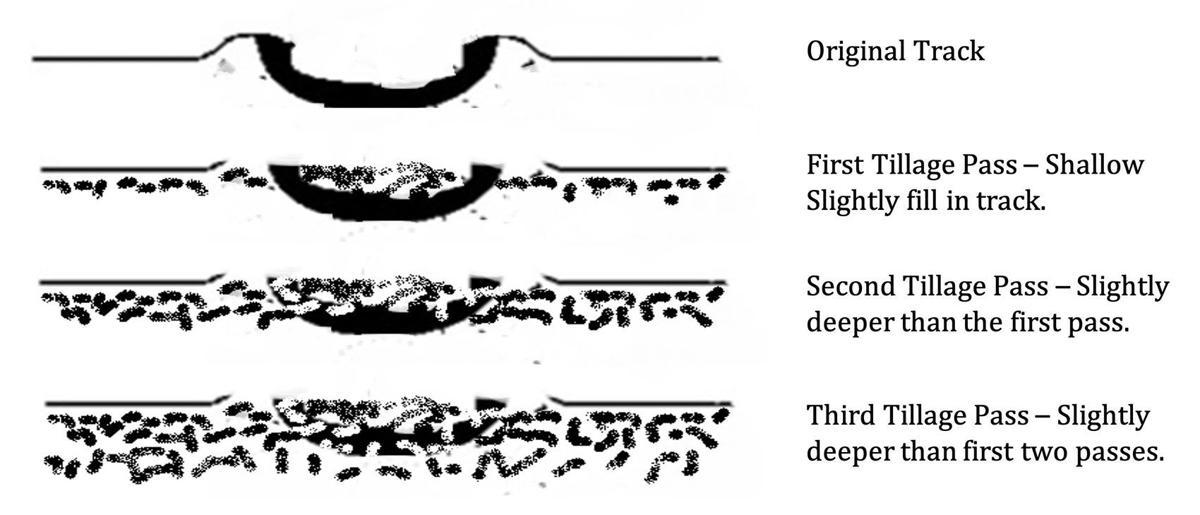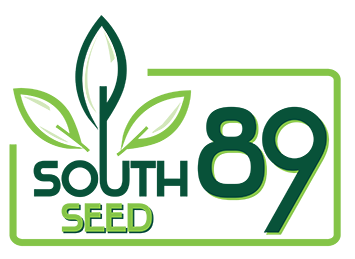SOUTH 89 SEED | (218) 463-1997
Spring tillage has been a popular topic lately. The snow has melted and the ruts are showing again and reminding you of last fall’s harvest nightmare.
A healthy soil includes particles of clay, sand and loam as well as open space for air and water. Optimally air and water will split evenly the void in soil parts. However, prior to freeze up we experienced excessive rainfall. Soils reached maximum water holding capacity (~22%). This was visible with standing water and eventually ruts in many fields as harvest activities were challenged.
Repeat after me, if it’s too wet to plant, it’s too wet to till. Give some time for the top soil (2-4”) to dry before attempting any “fixing” because the most compaction occurs on the 1st pass. Wheel traffic affects root structure and ultimately nutrient uptake so, proper tire inflation and axel load are important for prevention (LSW tires or tracks are an advantage).

Deep tillage can be more of a problem than a cure. It may expose greater compaction issues as it reaches into an area of the soil profile with greater moisture content due to rainfall late last year. The key to fixing ruts is lightly tilling areas of the field that are damaged and need to be leveled, in an effort to make the field plant-able. This may require 2-3 passes. Be careful with one-pass tillage systems as they are heavy and can create problems below the surface.

Quick Recap:
- PATIENCE!!! Park the tractor when it’s wet!
- Fill and level ruts just enough for spring planting.
- Proper tire inflation is important.
